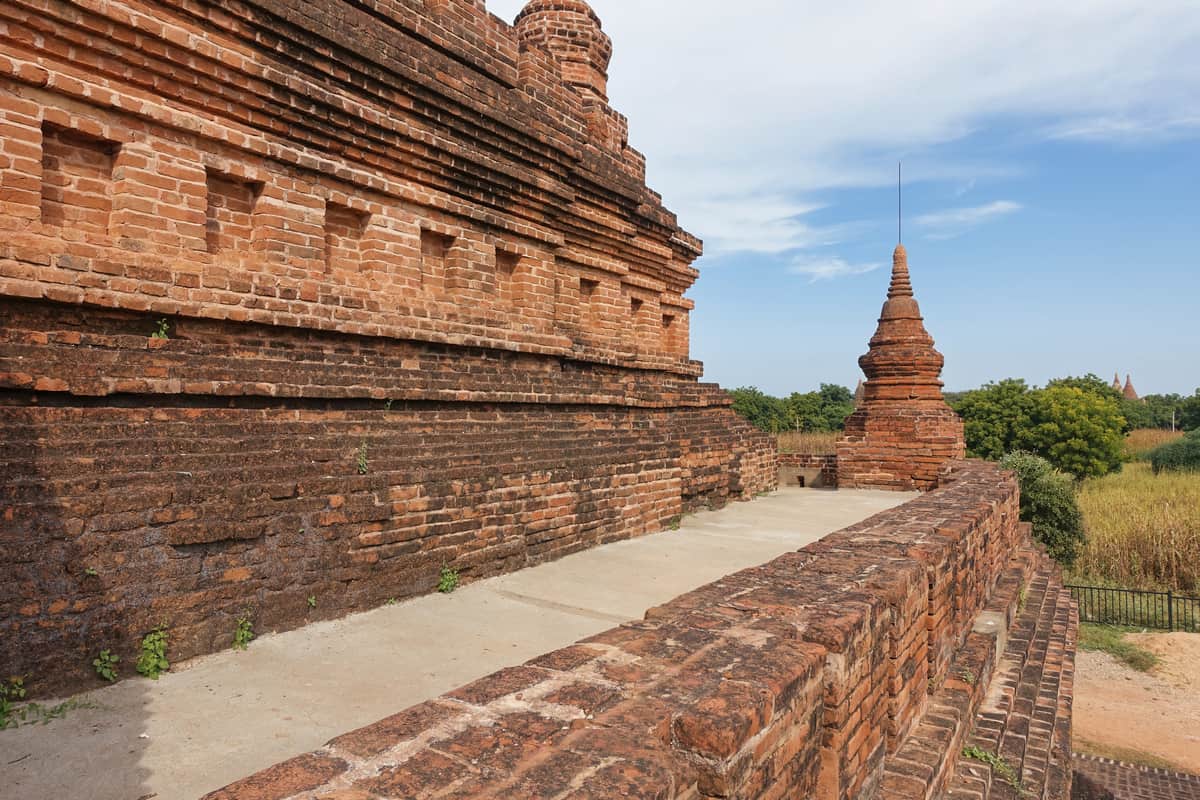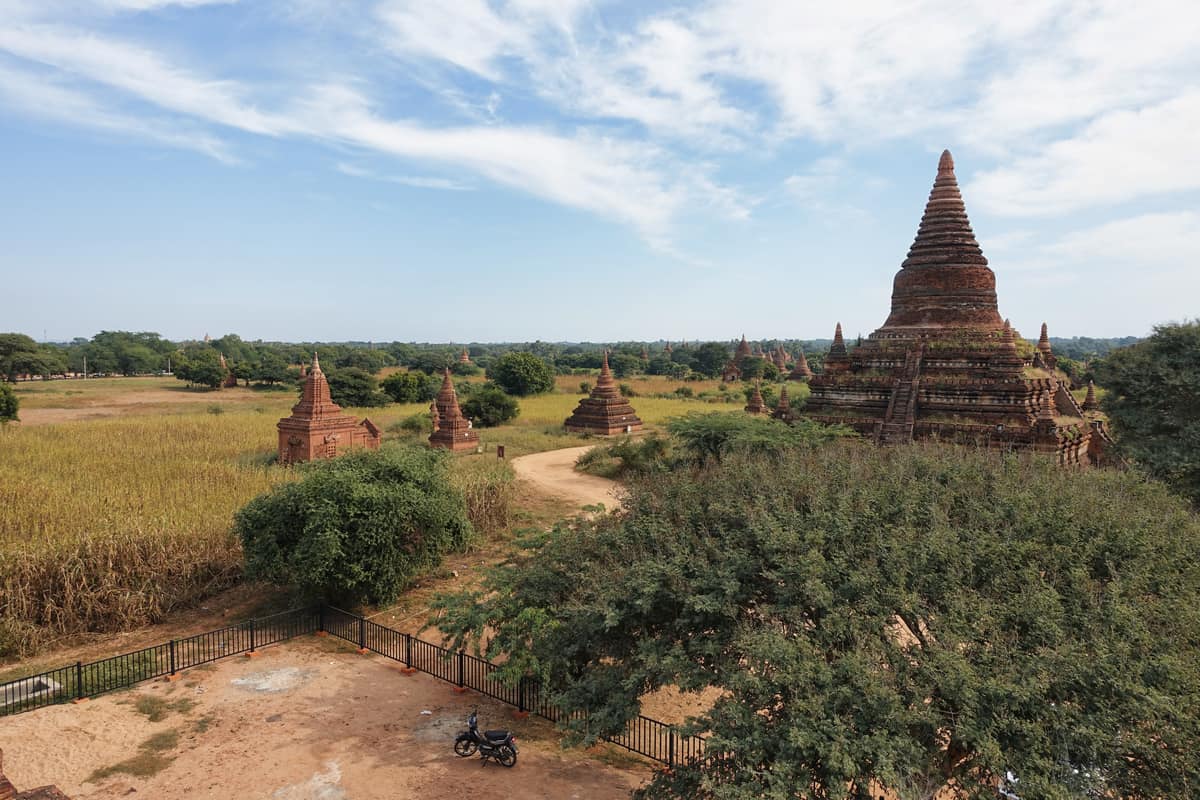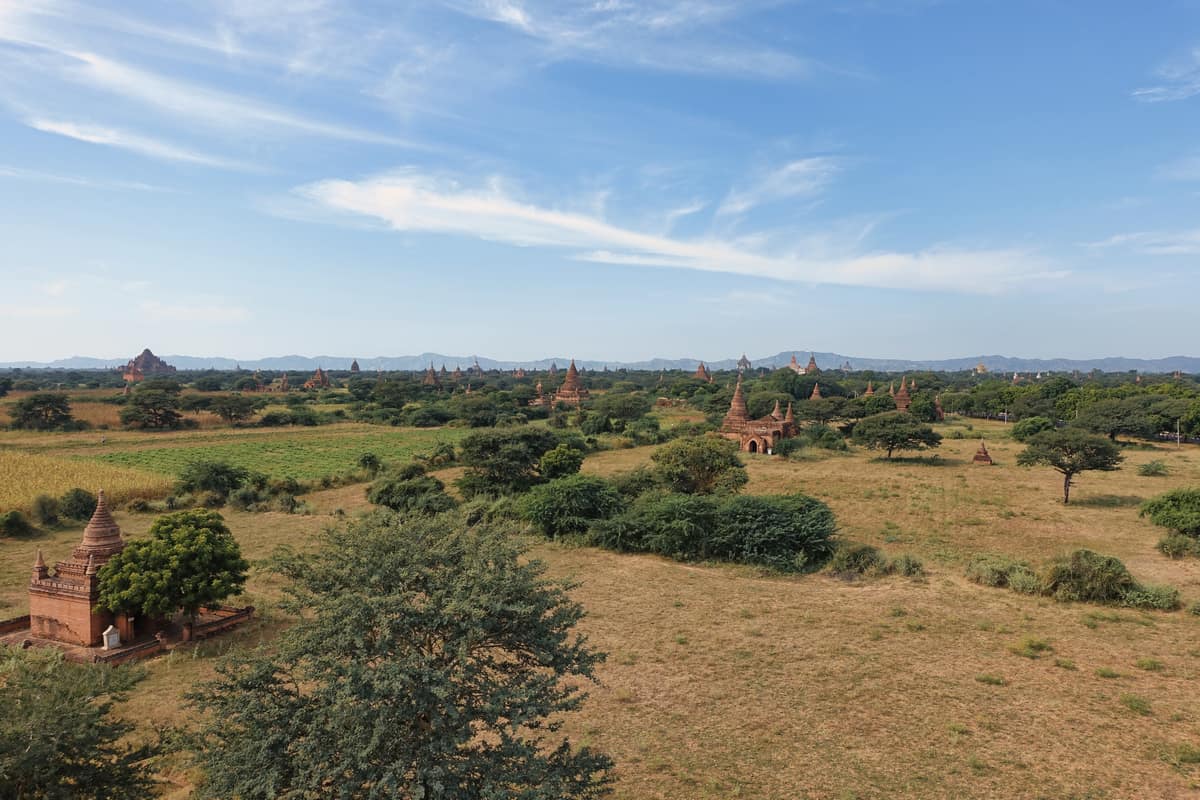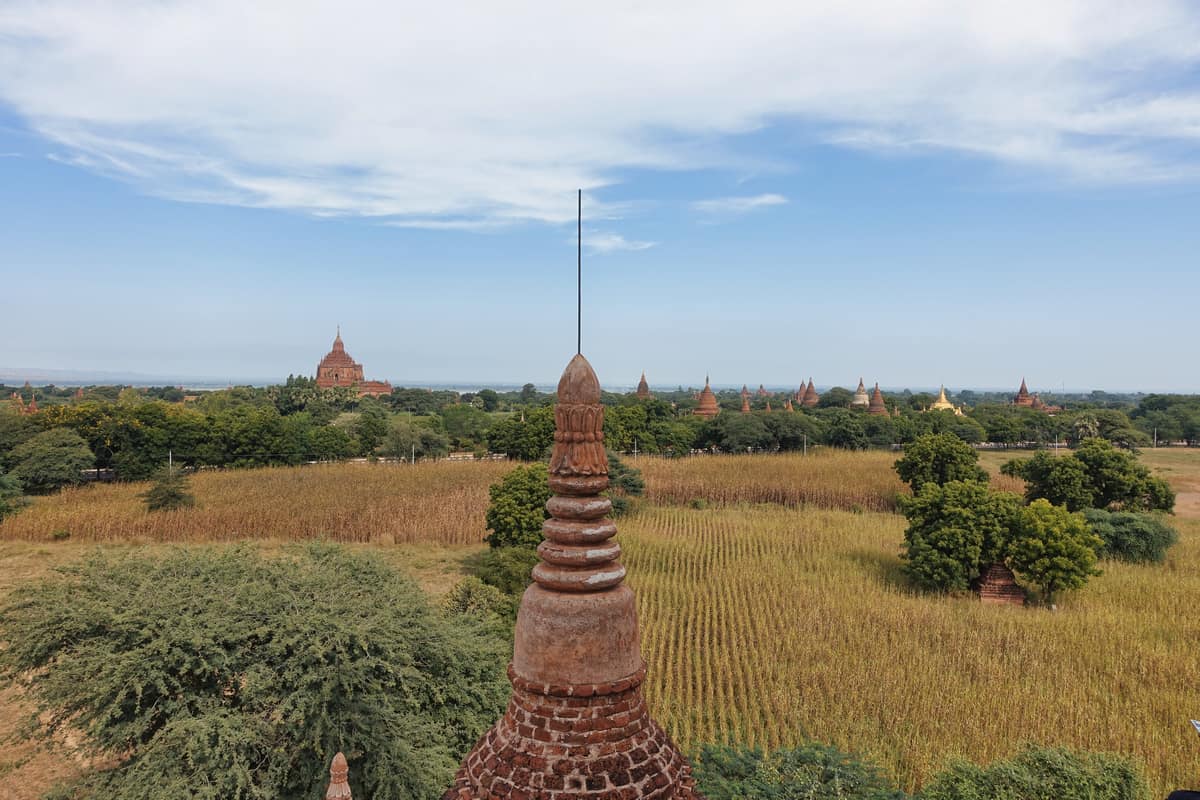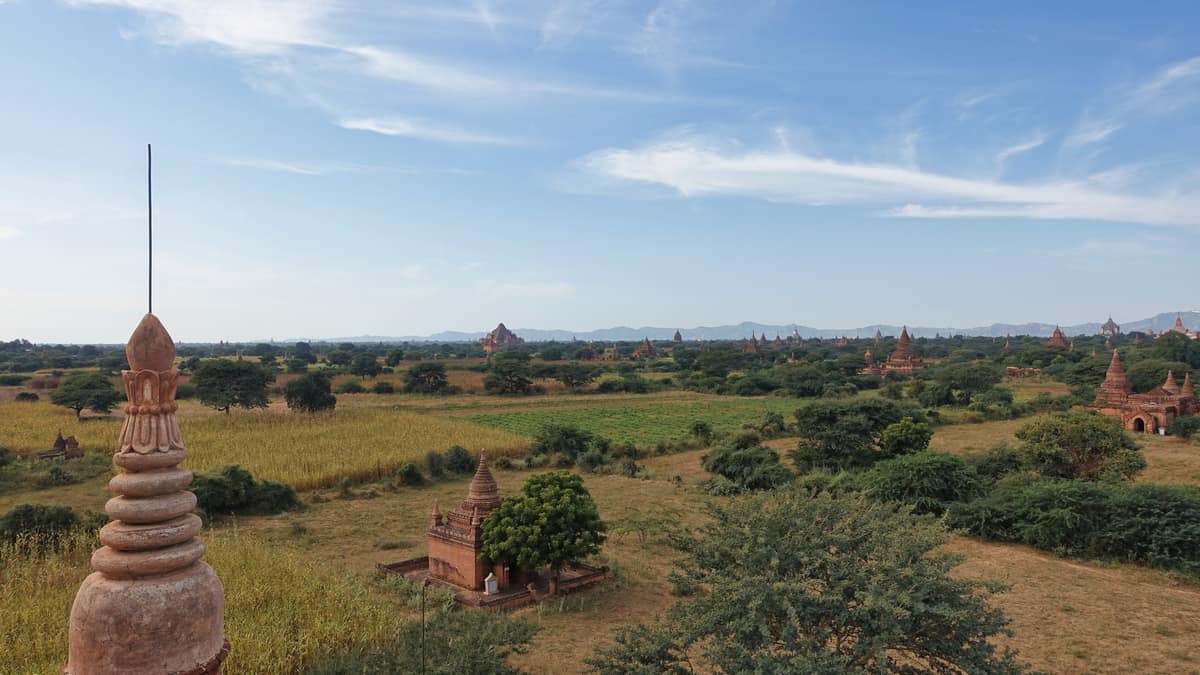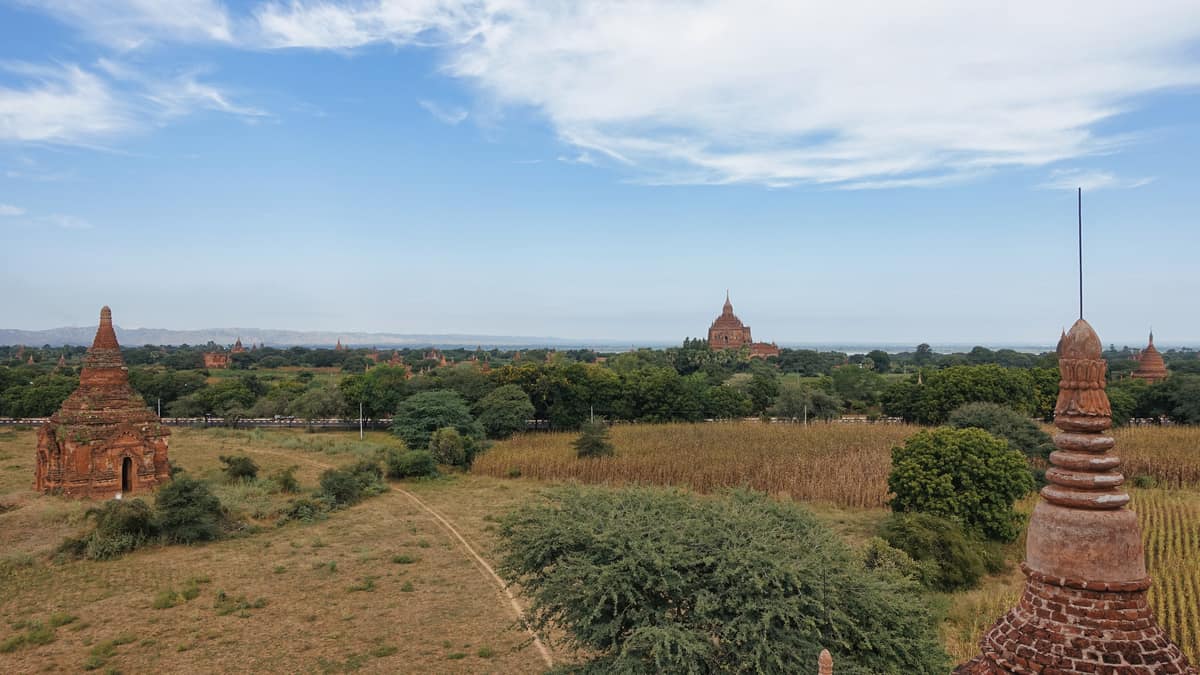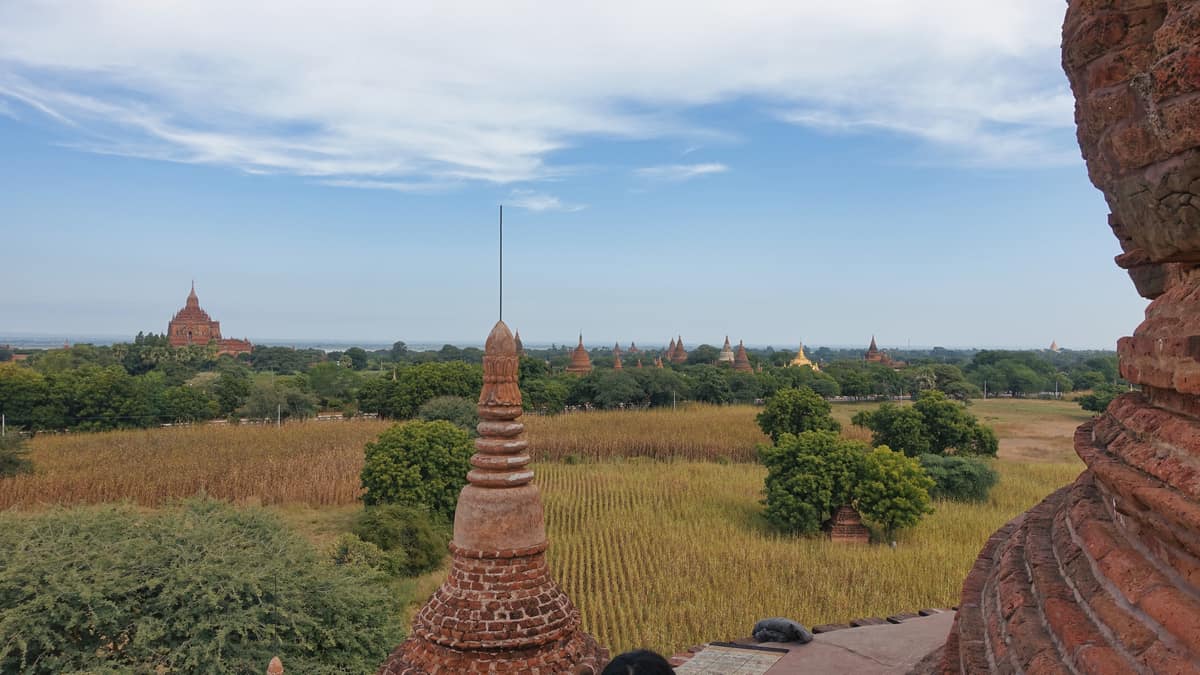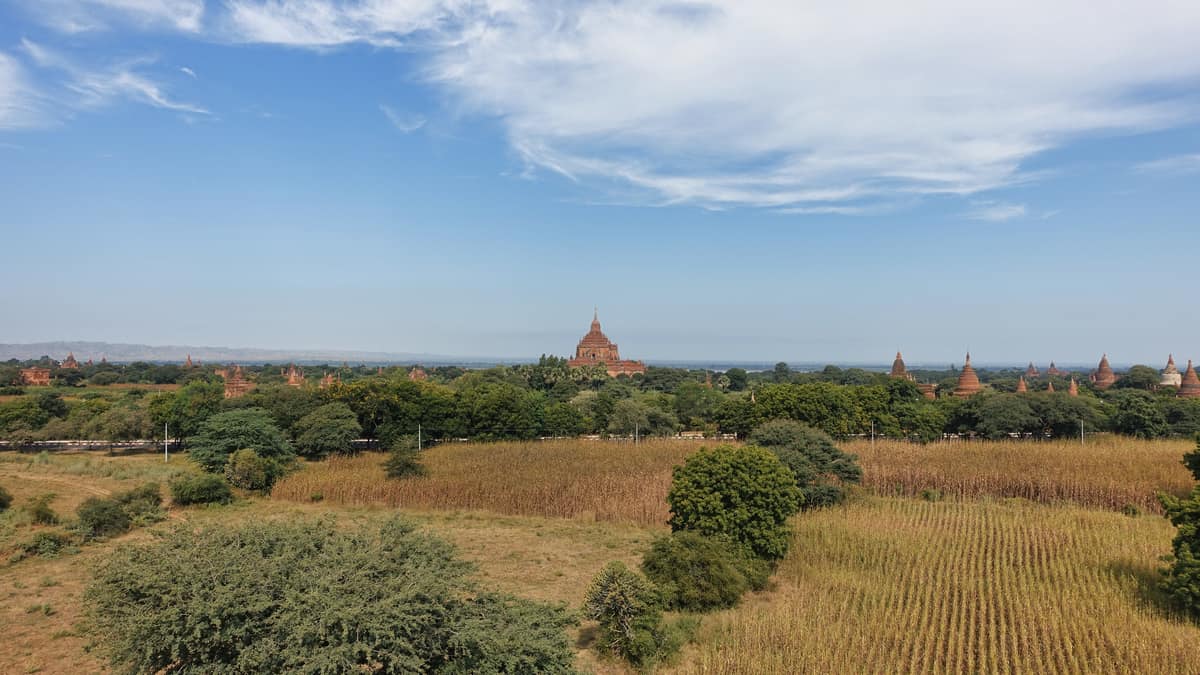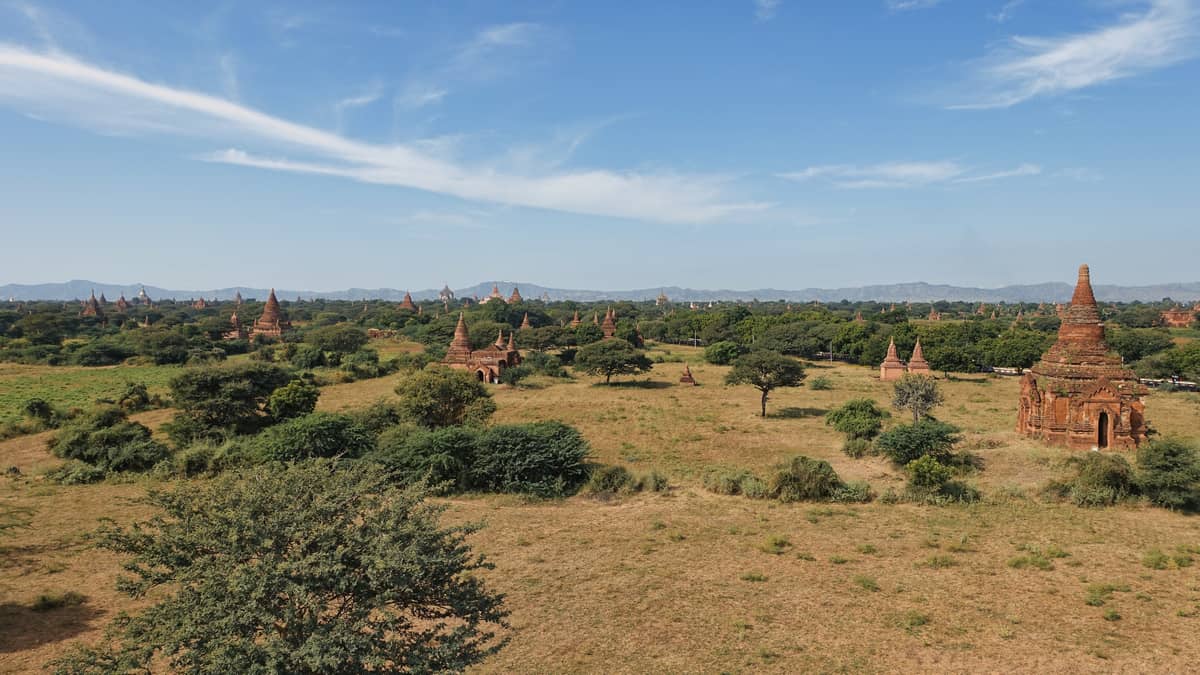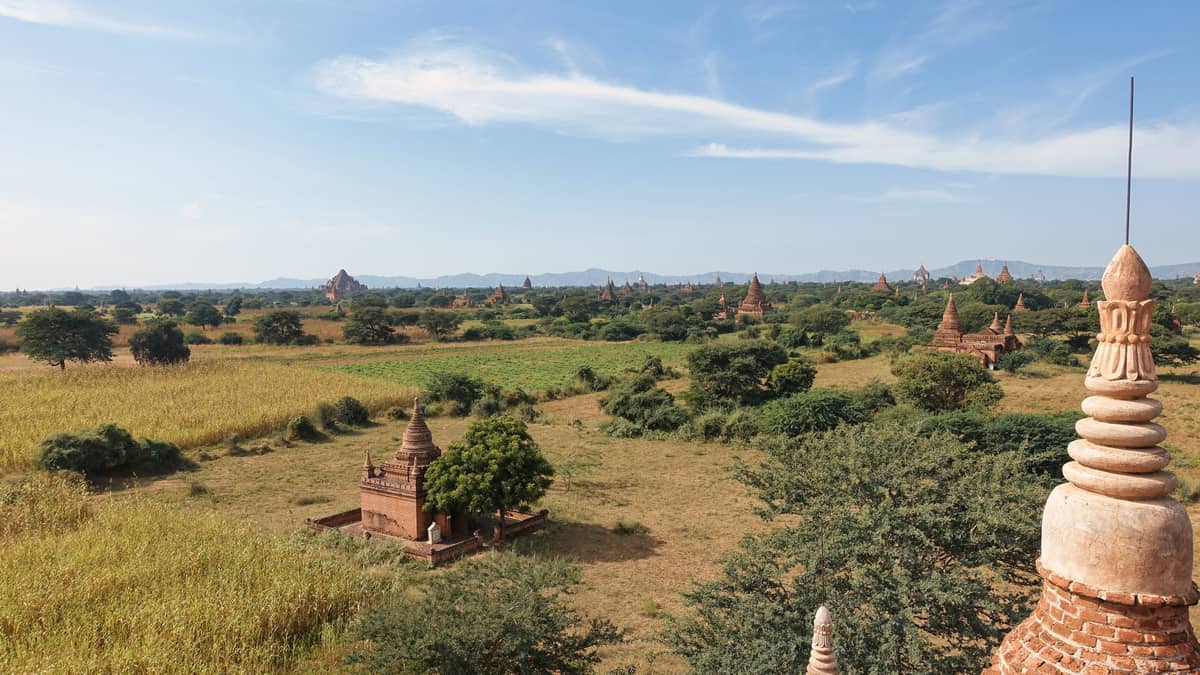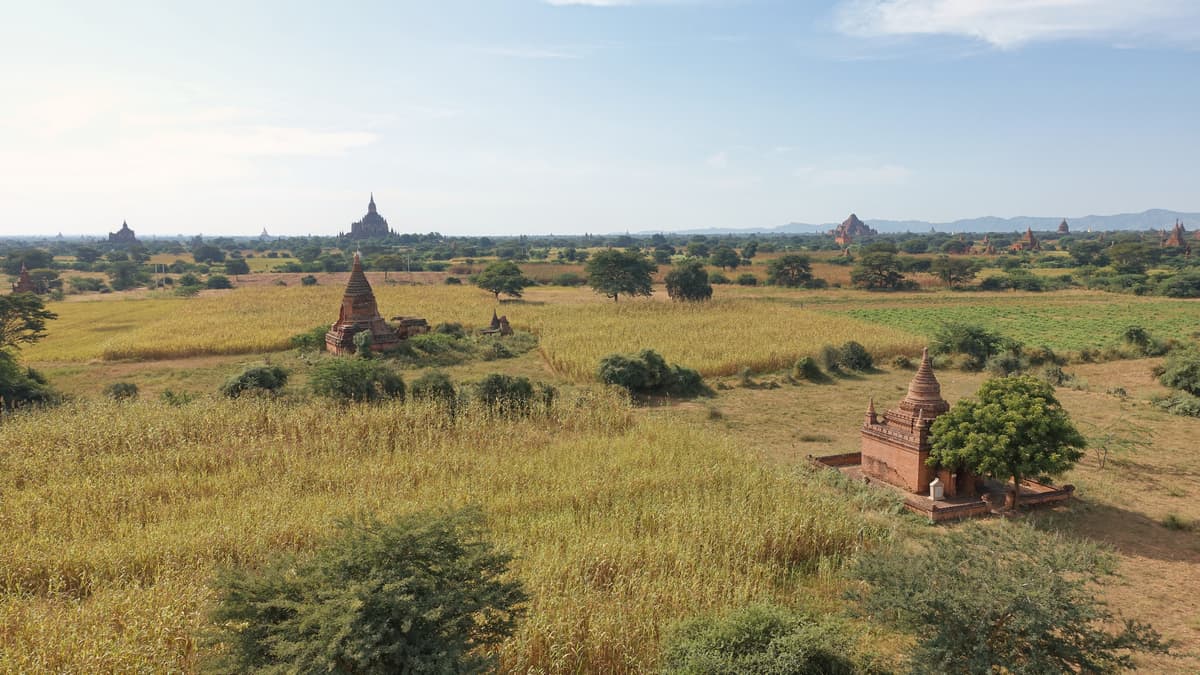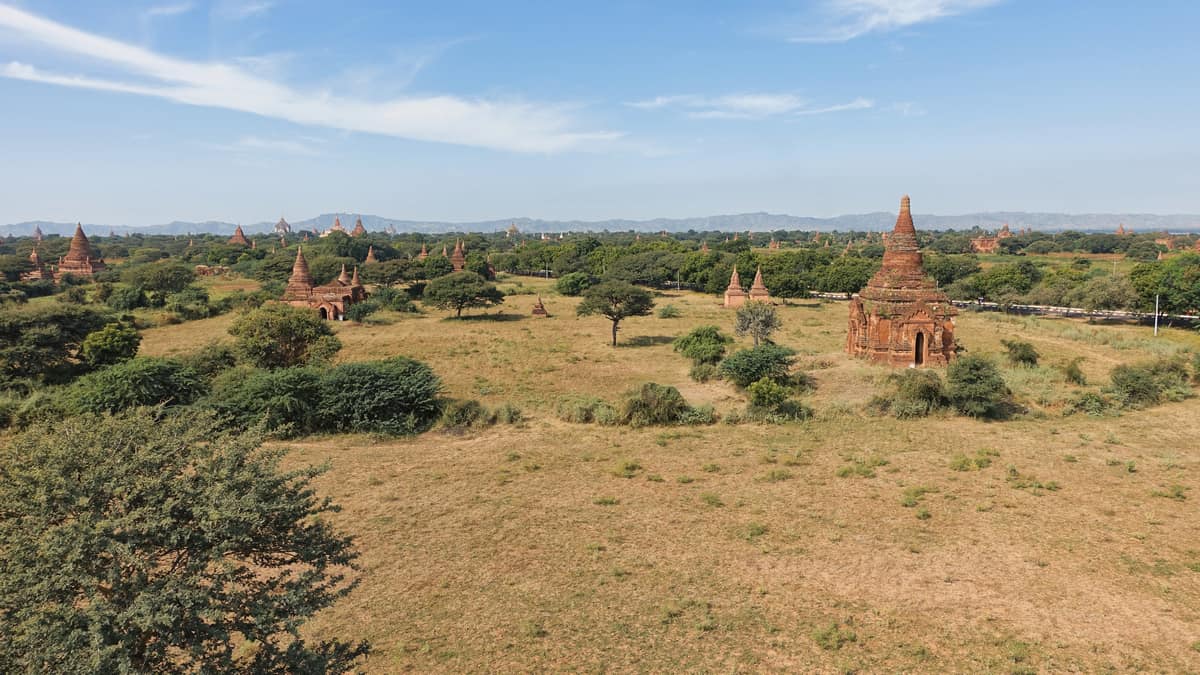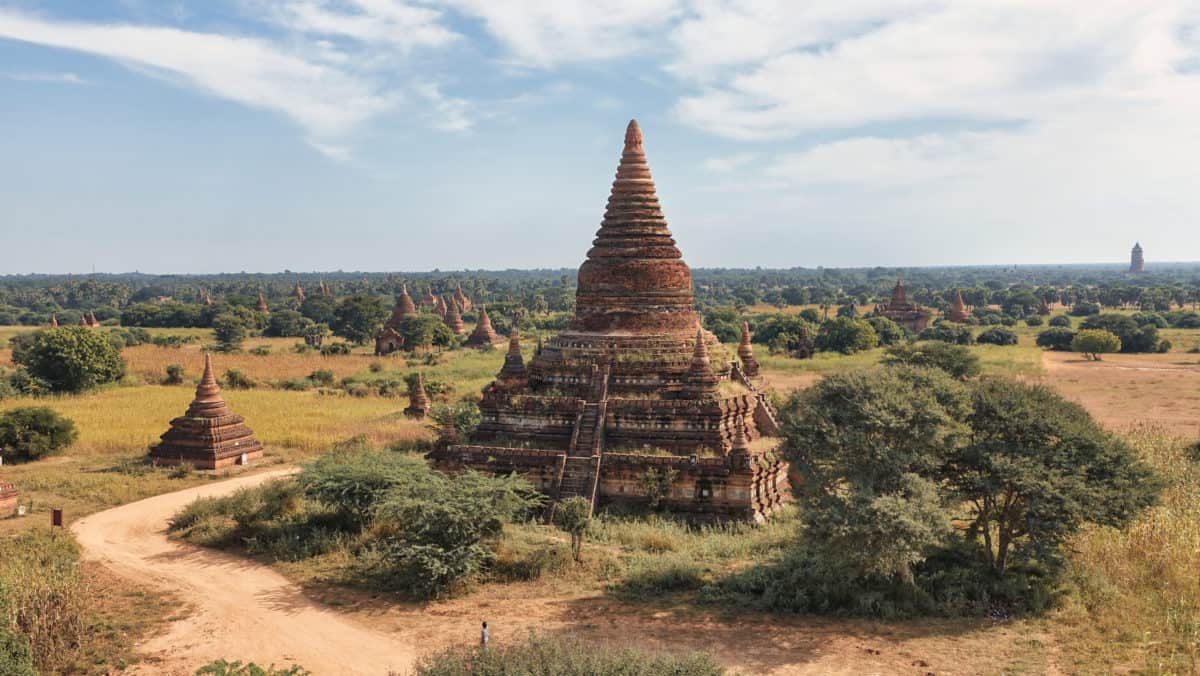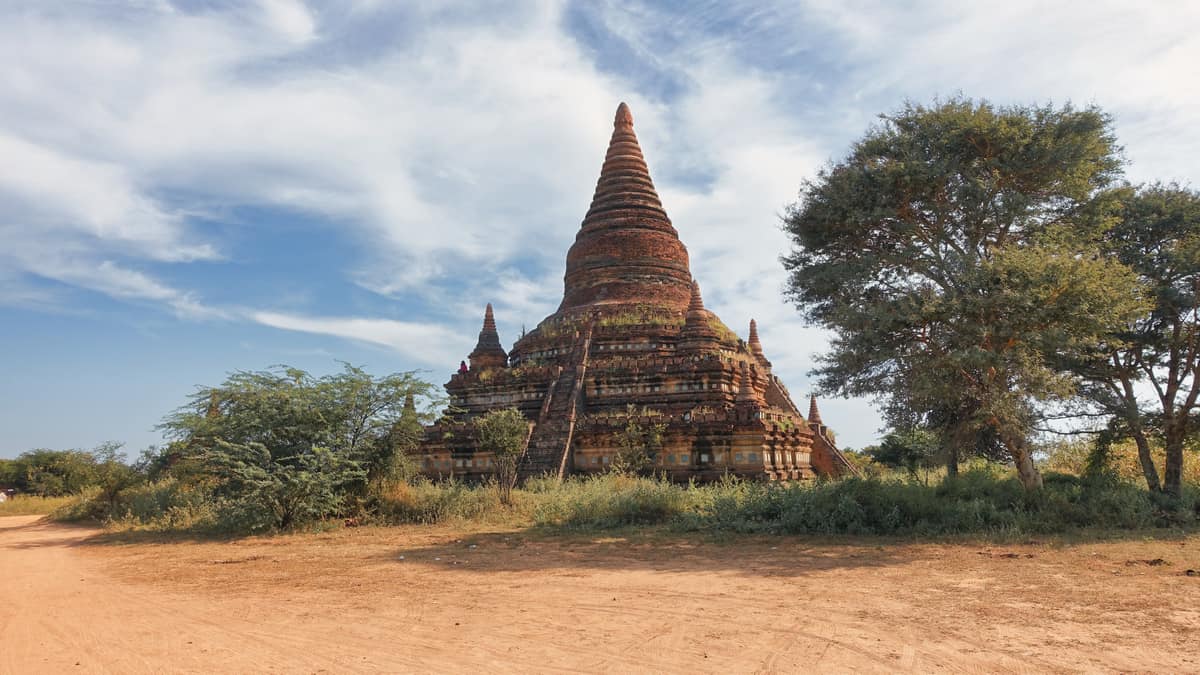Southeast Asia Tour 2015
Bagan | Myanmar
30 Nov 2015 | Mon
Day 12 of 46
Bagan’s Vast Temple Plains
The next place we visited was Bulethi Pagoda. Due to its height, it’s a popular place to visit to view the vast temple plains of Bagan.
After climbing to the top, you could view Temples, pagodas, and stupas in every direction – as far as you could see. The landscape of these structures is amazing to see at any time of the day, but are most beautiful during morning sunrises and evening sunsets.
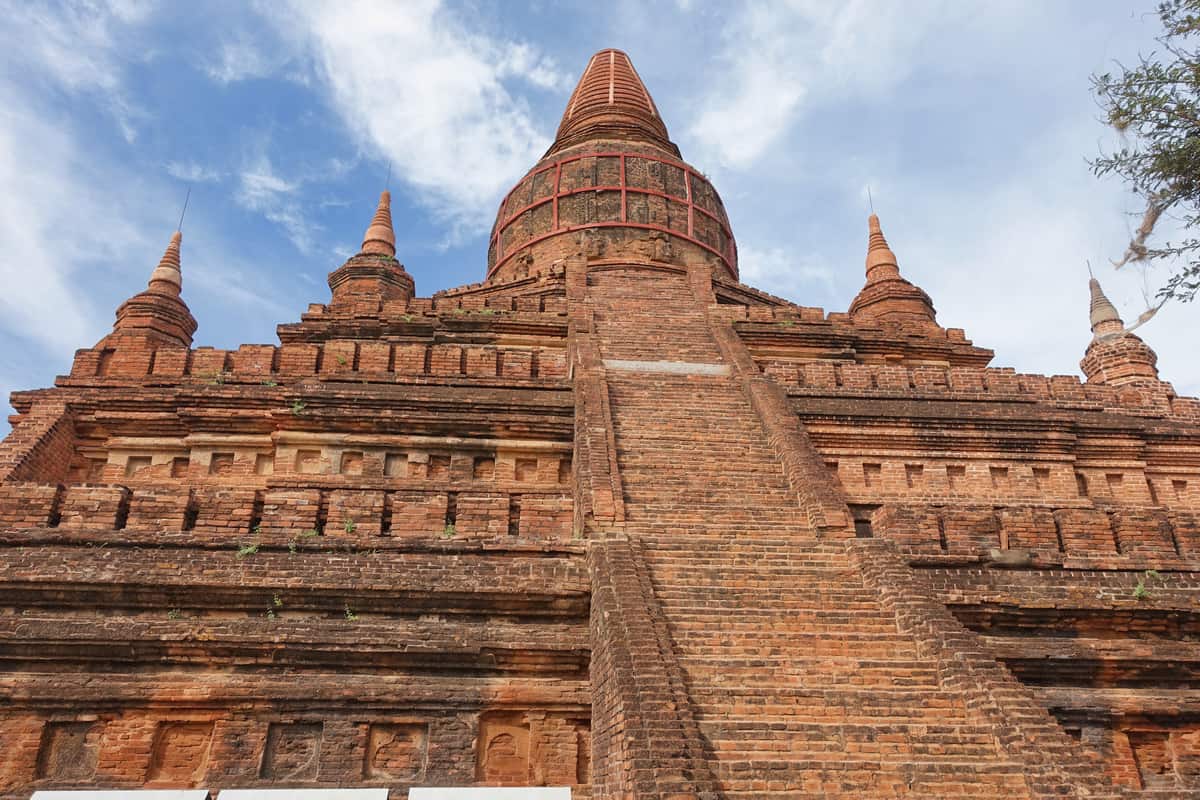
Bagan, located in the Mandalay region of Myanmar, is home to one of the largest and most impressive temple plains in the world. With over 2,000 temples sprawling across a vast area of 42 square miles, it is easy to see why Bagan’s temple plains are so unique and popular with travelers from around the globe. It’s also no wonder why this incredible collection of ancient monuments has been declared a UNESCO World Heritage Site.
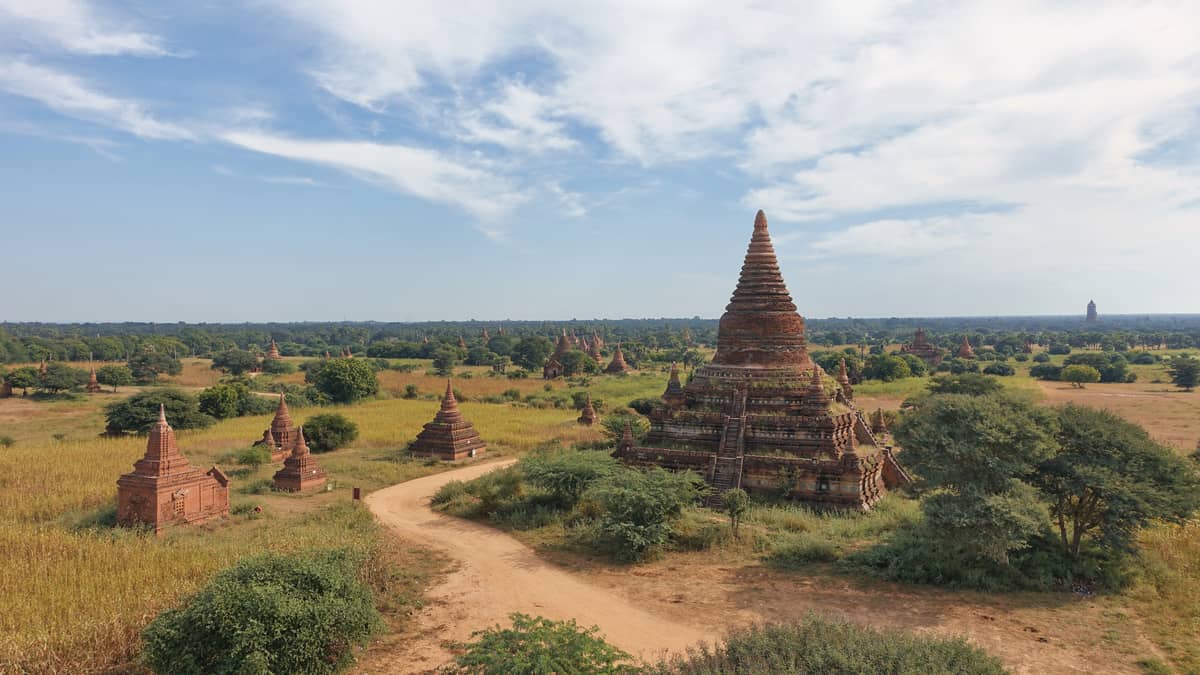
The earliest structures that makeup Bagan’s temple plains were constructed as early as 1057 CE during the reign of King Anawrahta. These buildings demonstrate an exquisite blend between Burmese traditional architecture and Indian cultural influences. Many temples are adorned with intricate carvings adorning their walls and spires, which add to their allure.

